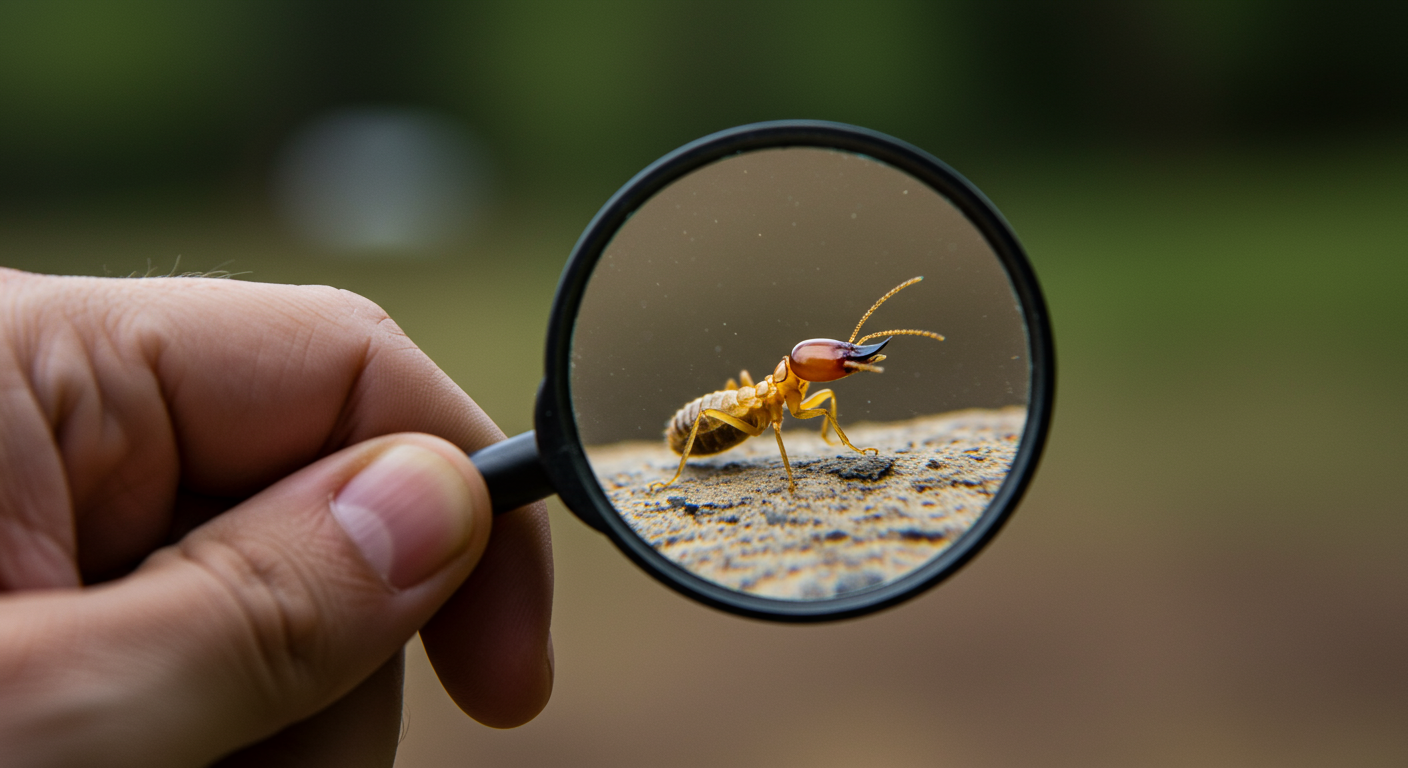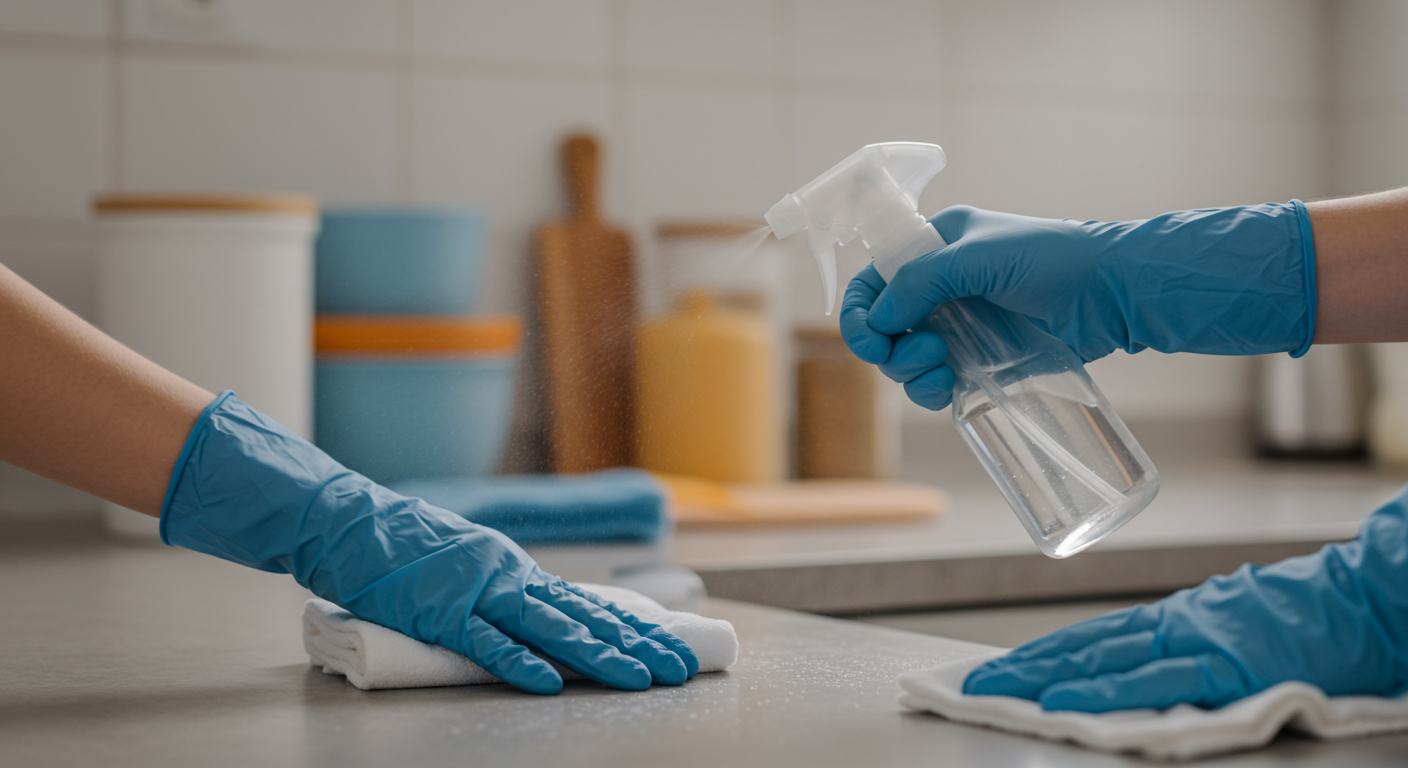Termites are among the most destructive pests, causing billions of dollars in property damage annually. Understanding how to identify, prevent, and treat termite infestations is crucial for homeowners to protect their investments. This comprehensive guide will walk you through everything you need to know about termites, from recognizing their presence to implementing effective control measures.
What are Termites?
Overview of Termite Species and Behavior
Termites are small, social insects that live in colonies and feed primarily on cellulose, a component found in wood and plant material. There are over 2,000 termite species worldwide, but the most common ones affecting homes are subterranean, drywood, and dampwood termites. Subterranean termites build mud tubes to access food sources, while drywood termites infest dry wood, and dampwood termites prefer moist wood environments.
These insects play a vital role in breaking down dead plant material in the ecosystem. However, when they invade homes, their cellulose-digesting habits can lead to severe structural damage.
The Ecological Role of Termites
In nature, termites contribute to soil fertility by decomposing organic matter. They recycle nutrients and aerate the soil, benefiting plant growth. Despite their ecological importance, termites become problematic when they invade human structures, mistaking them for natural food sources.
Identifying Termite Infestations
Signs of Termite Damage
Detecting termites early can save homeowners from costly repairs. Common signs of termite infestations include:
- Mud Tubes: Subterranean termites create pencil-thin mud tubes along walls or foundations to retain moisture while traveling.
- Wood Damage: Hollow-sounding wood, blistered surfaces, or visible tunnels are indicators of termite activity.
- Frass: Drywood termites leave behind small, pellet-like droppings near infested areas.
- Swarmers: Winged termites, or swarmers, are often seen near windows or light sources, especially during mating seasons.
Common Types of Termites
Understanding the types of termites can help in identifying and targeting infestations effectively:
- Subterranean Termites: Found in soil, they build extensive underground colonies and are the most destructive species.
- Drywood Termites: Infest dry wood and require no contact with soil.
- Dampwood Termites: Thrive in moist wood and are less common in homes with proper drainage.

Preventing Termite Infestations
Effective Prevention Strategies
Prevention is the best defense against termites. Here are some effective strategies:
- Eliminate Moisture: Fix leaks, improve drainage, and use dehumidifiers to reduce moisture levels in and around your home.
- Seal Cracks: Repair cracks in foundations, walls, and windows to block termite entry points.
- Store Wood Properly: Keep firewood and lumber away from your home and off the ground.
- Maintain Landscaping: Trim trees and shrubs to prevent contact with your home, and avoid using mulch near foundations.
Importance of Regular Maintenance
Routine inspections and maintenance are essential for early detection and prevention. Schedule annual termite inspections with a licensed pest control professional to identify vulnerabilities and address them promptly. Regular maintenance not only prevents infestations but also extends the lifespan of your property.
For more tips on maintaining a pest-free home, check out Effective Home Pest Control Treatment in Warner Robins, GA: Protect Your Home Today!.
Treatment Options for Termite Control
Non-Chemical Treatment Methods
Non-chemical methods are environmentally friendly and effective for minor infestations. These include:
- Physical Barriers: Installing metal or sand barriers during construction can deter termites.
- Heat Treatment: Raising the temperature in infested areas to lethal levels for termites.
- Nematodes: Beneficial nematodes are microscopic worms that feed on termites, providing a natural control method.
Chemical Treatment Options and Safety Considerations
For severe infestations, chemical treatments are often necessary. Common options include:
- Termiticides: Liquid treatments applied to the soil around your home to create a protective barrier.
- Baiting Systems: Stations placed around the property to attract and eliminate termites.
- Fumigation: A comprehensive treatment for drywood termites that involves sealing and treating the entire structure.
When using chemical treatments, always hire licensed professionals to ensure safety and effectiveness. For expert pest control services, explore Top Bug Control Services in Savannah, GA: Protect Your Home with Local Experts.
Conclusion
Termites may be small, but their impact on homes can be devastating. By understanding their behavior, recognizing the signs of infestation, and implementing preventive measures, homeowners can protect their properties effectively. If an infestation occurs, prompt treatment using non-chemical or chemical methods can mitigate damage and restore peace of mind.
For more information on pest control and home maintenance, visit Affordable Pest Control Services in Dunwoody, GA: Cost, Options, and Expert Tips. Protect your home today by staying proactive against termites!


